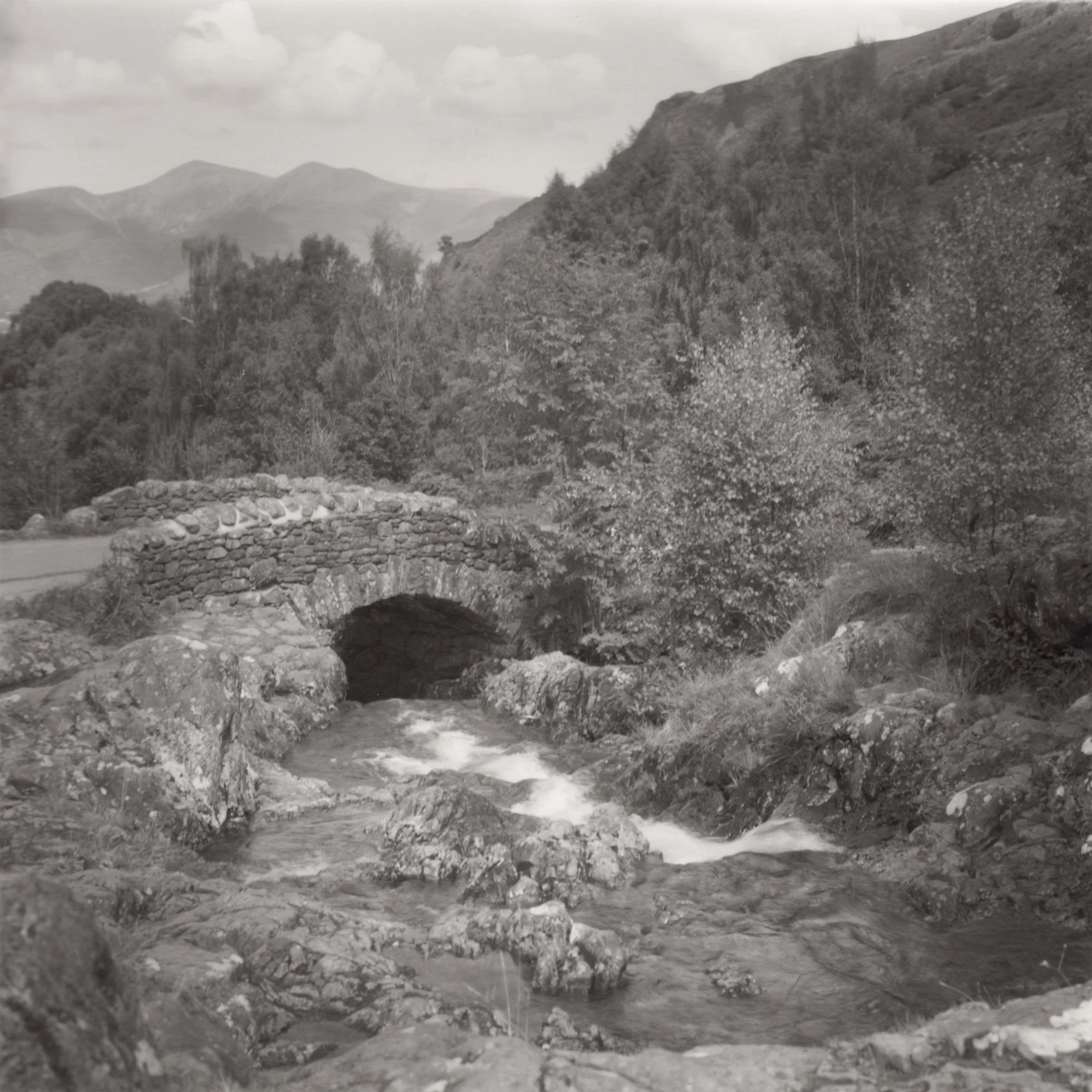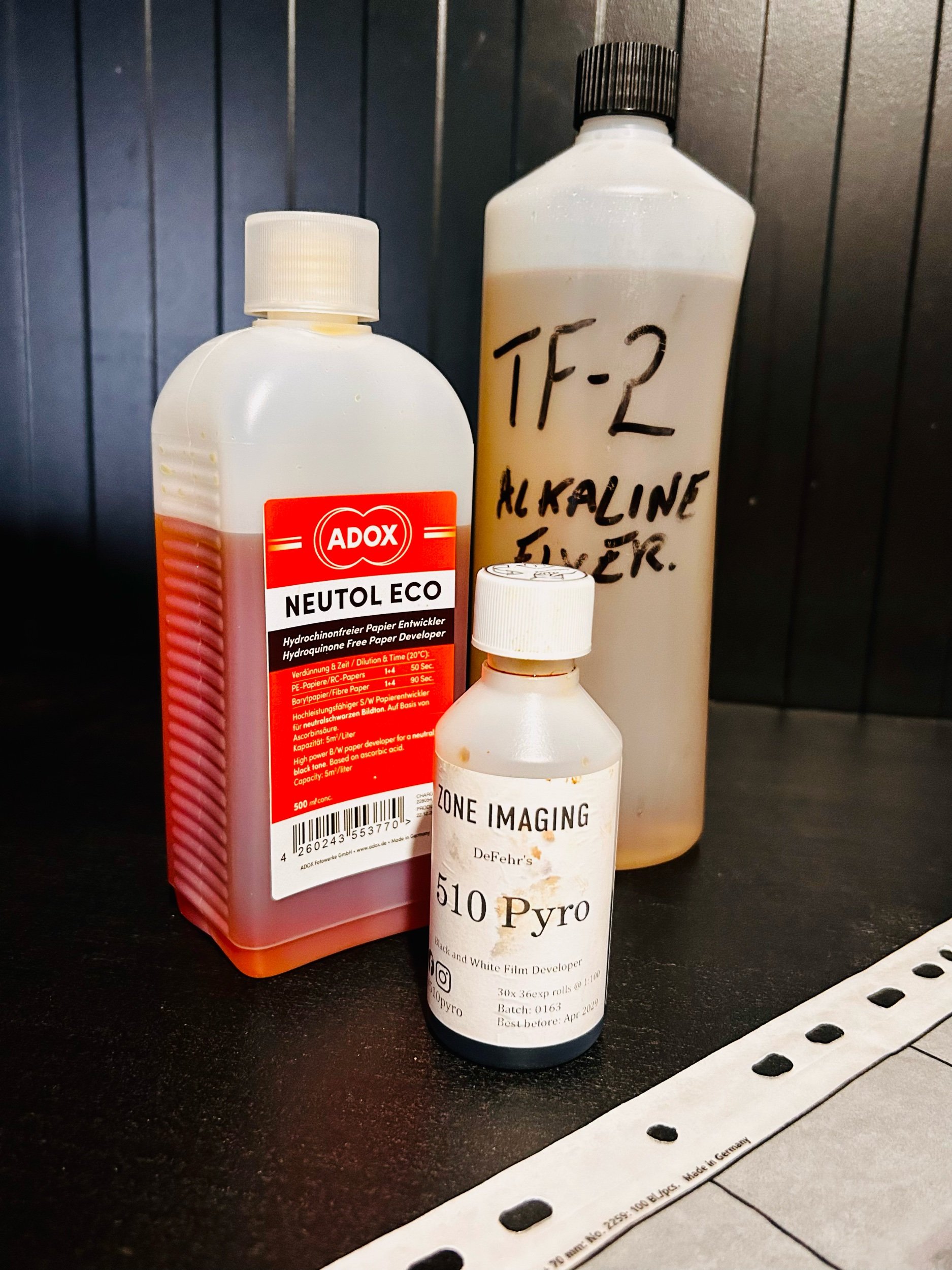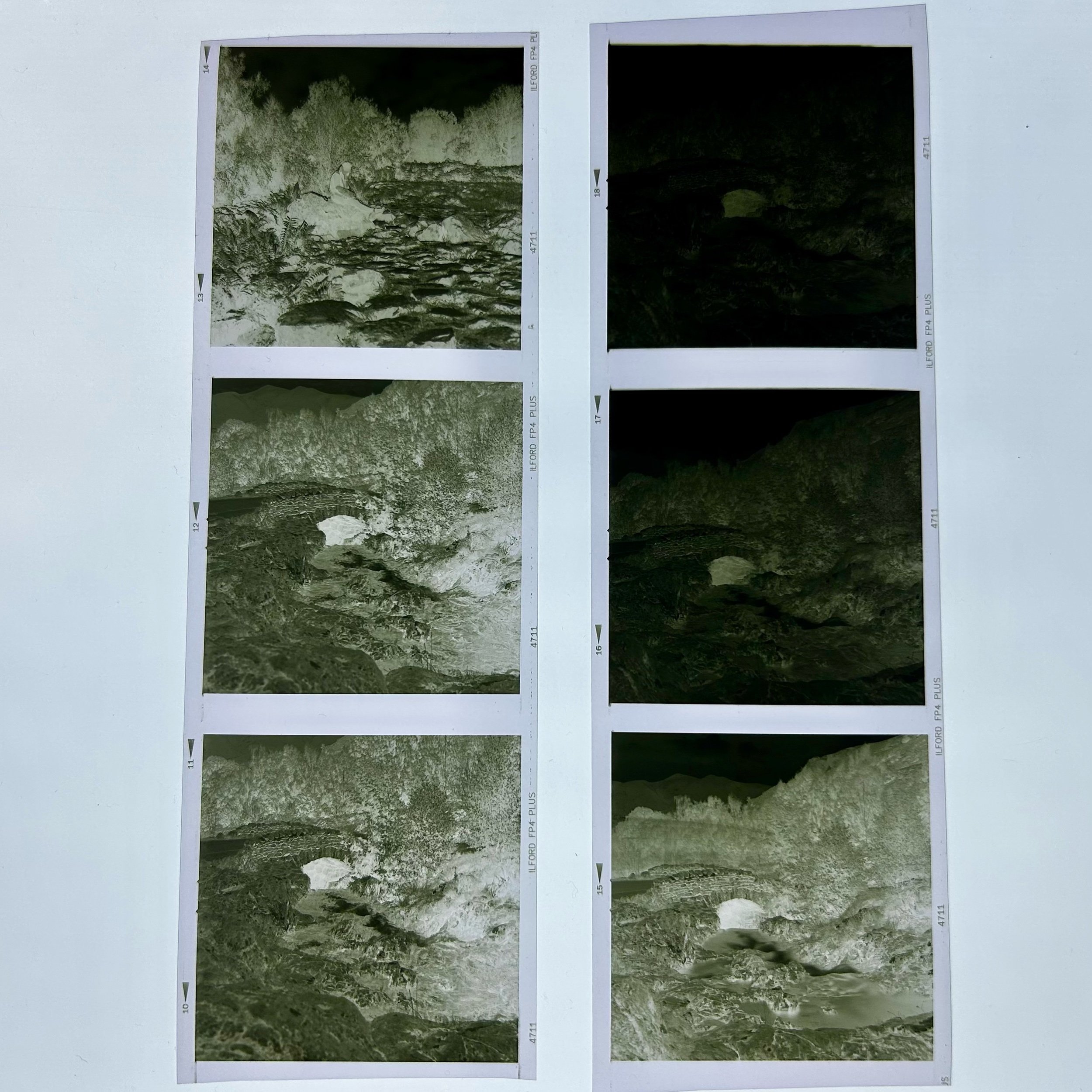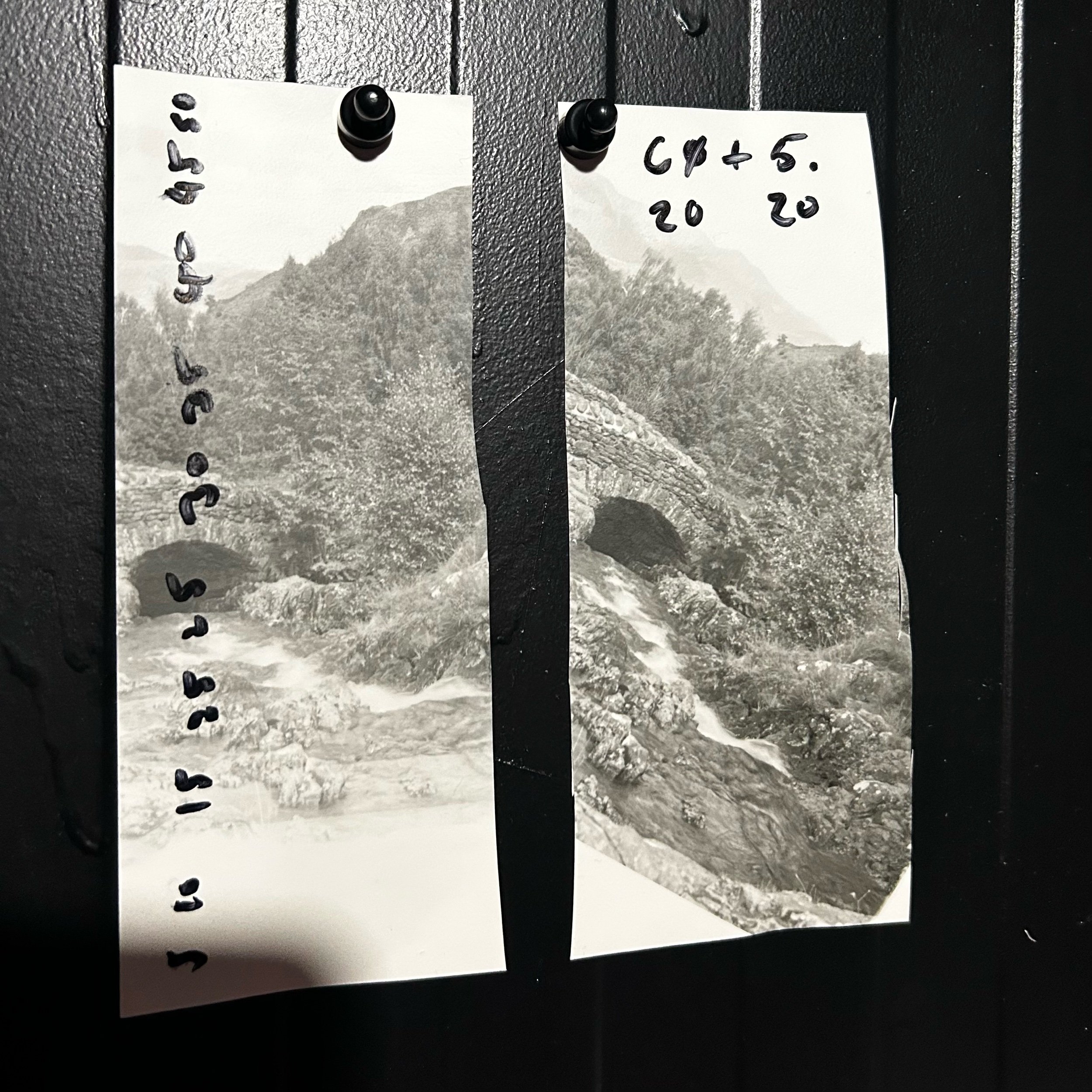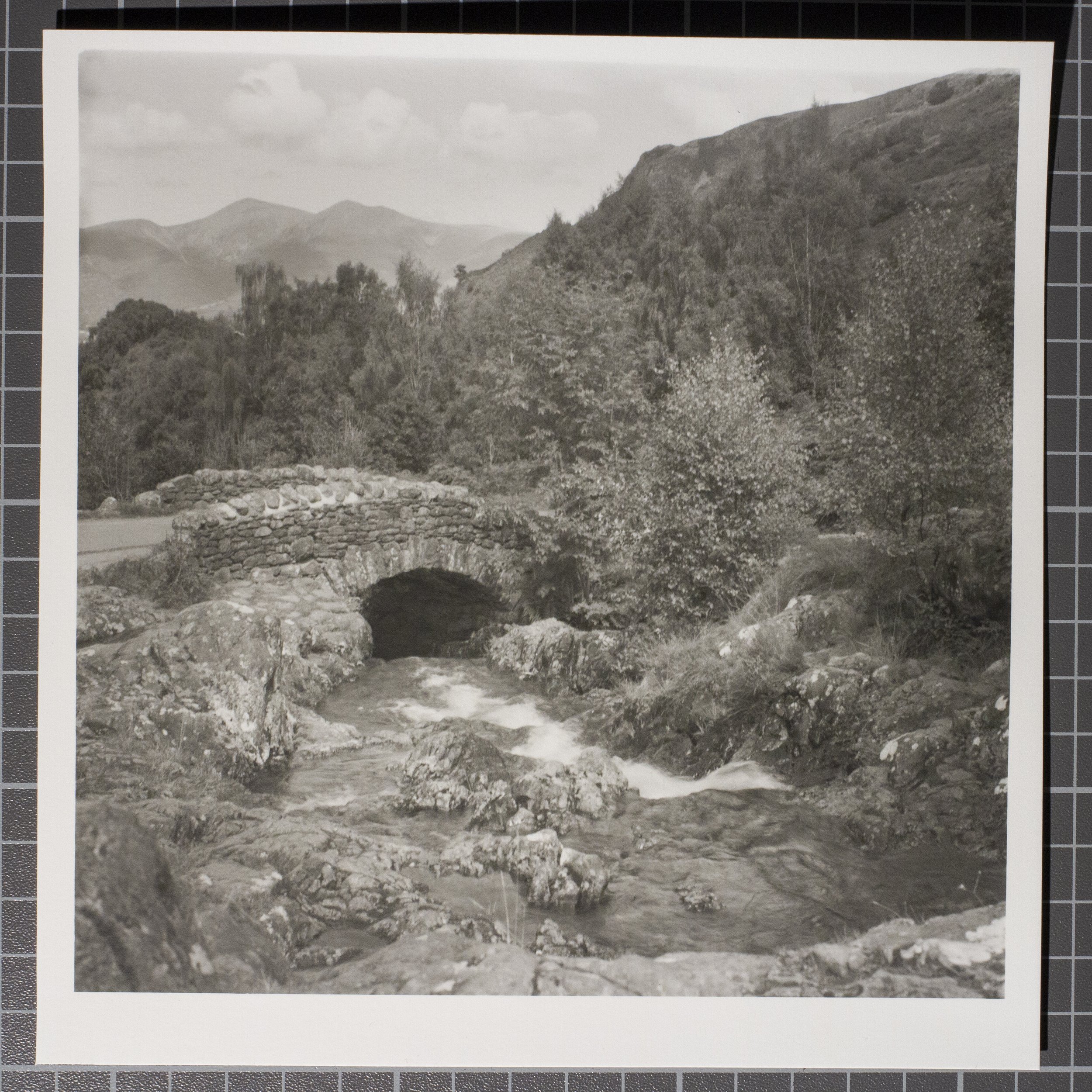Nestled in the peaceful landscapes of the Lake District, Ashness Bridge carries within its stone structure a rich history spanning centuries. Dating back to the 17th century, this enduring stone bridge has served as both a practical link for local farmers and shepherds and a part of photographic history.
Constructed during a time when necessity drove innovation, Ashness Bridge played a vital role for the local community, aiding the movement of people and livestock across the rugged terrain. Its sturdy design stands as a testament to craftsmanship that has stood strong over time.
But Ashness Bridge's significance goes beyond its historical function; it has also captured the attention of photographers over the years. The bridge seems to possess a stillness that inspires creative expression. Photographers have embraced its stone architecture, using the surrounding landscapes to frame their compositions.
Despite the march of technology, Ashness Bridge remains unchanged in essence – a reminder of the past, linking us to history. It symbolises continuity, where the blend of human innovation and nature's beauty finds a voice through the camera lens.
During a family hike from Castlerigg Hall campsite to Ashness Bridge, I aimed to capture this essence on film. Armed with my Hasselblad 500c and Ilford FP4 Plus film – known for its timeless qualities – I seized the opportunity to freeze the bridge's beauty in the morning light before we continued our walk along Derwentwater's edge to Keswick.
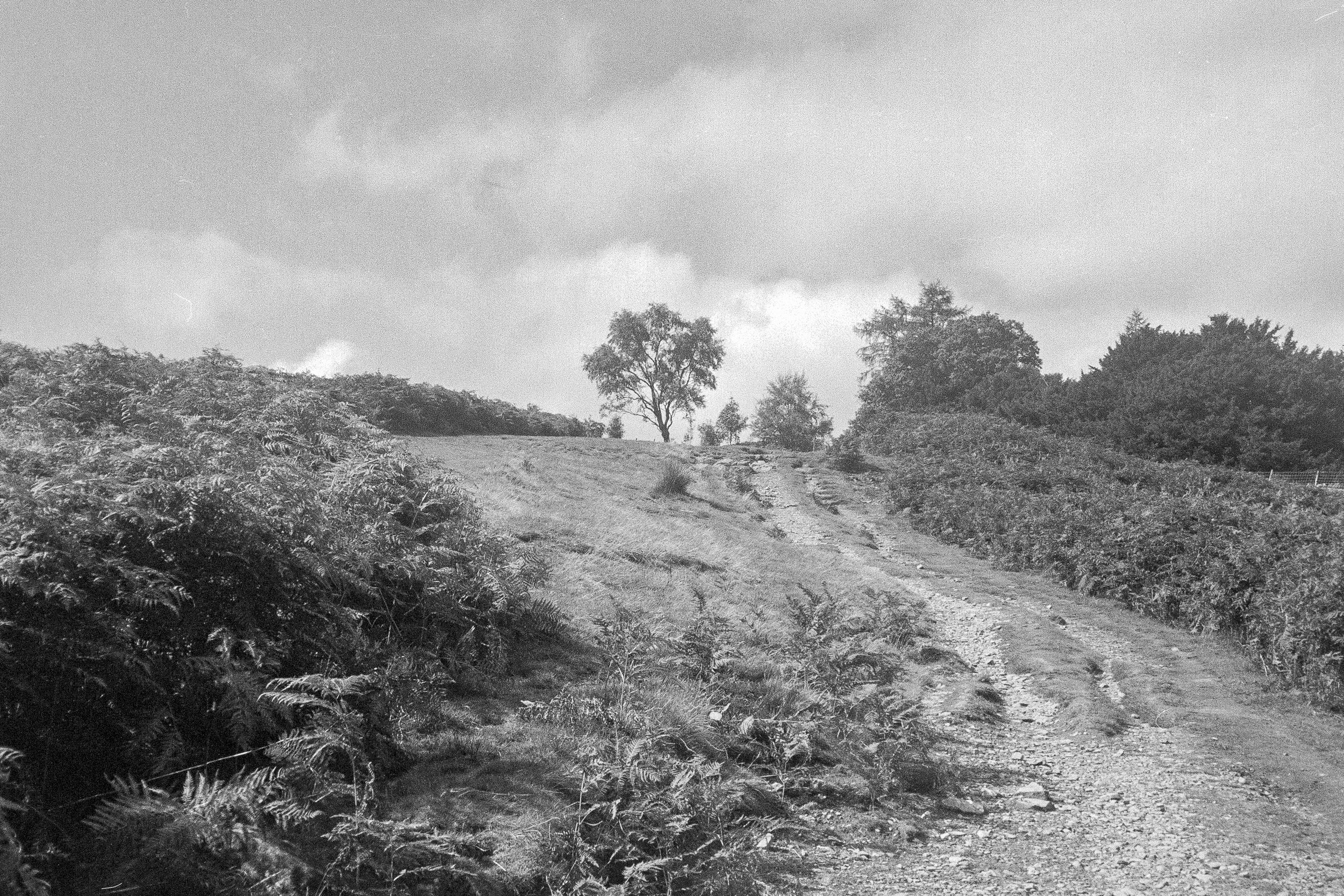
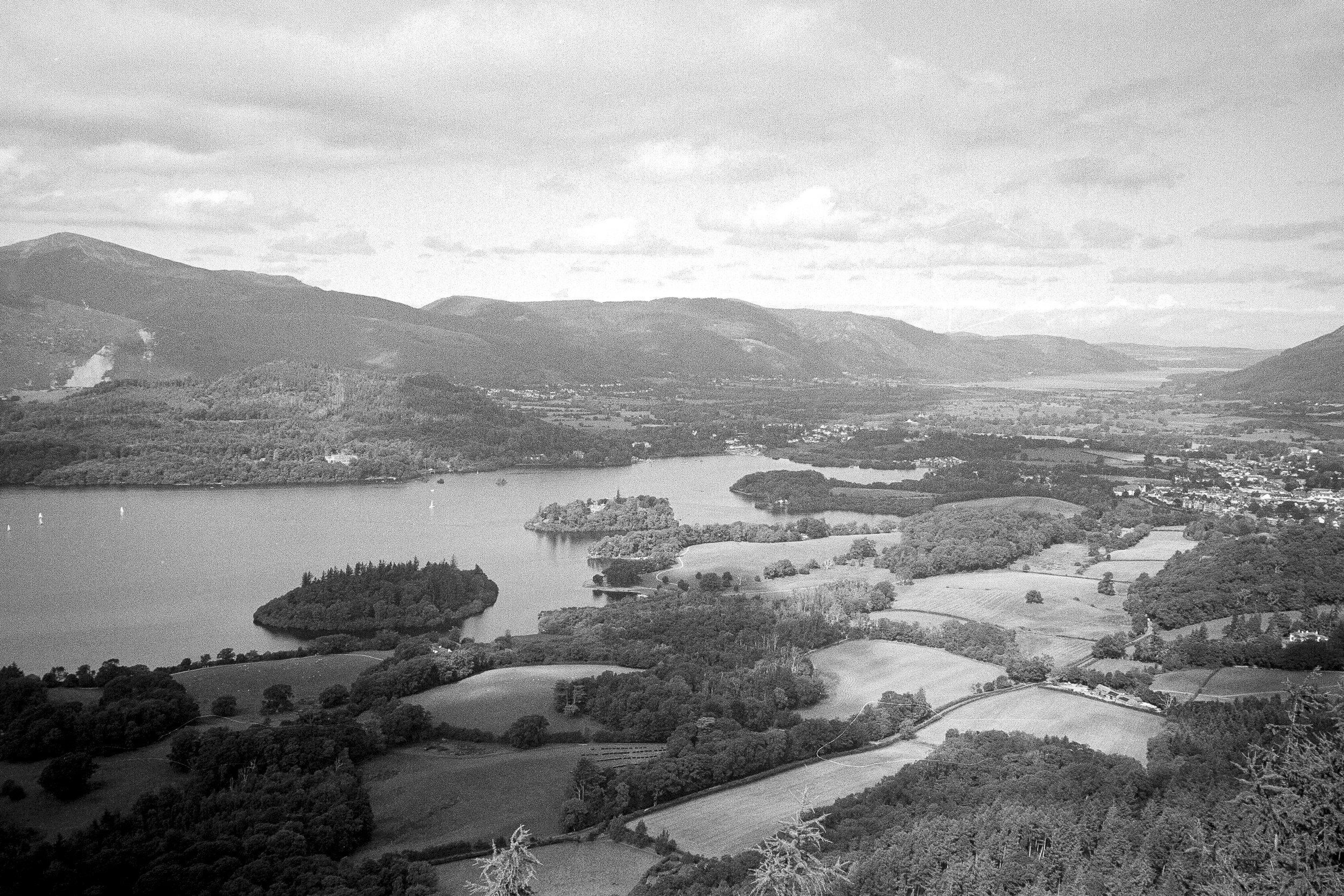
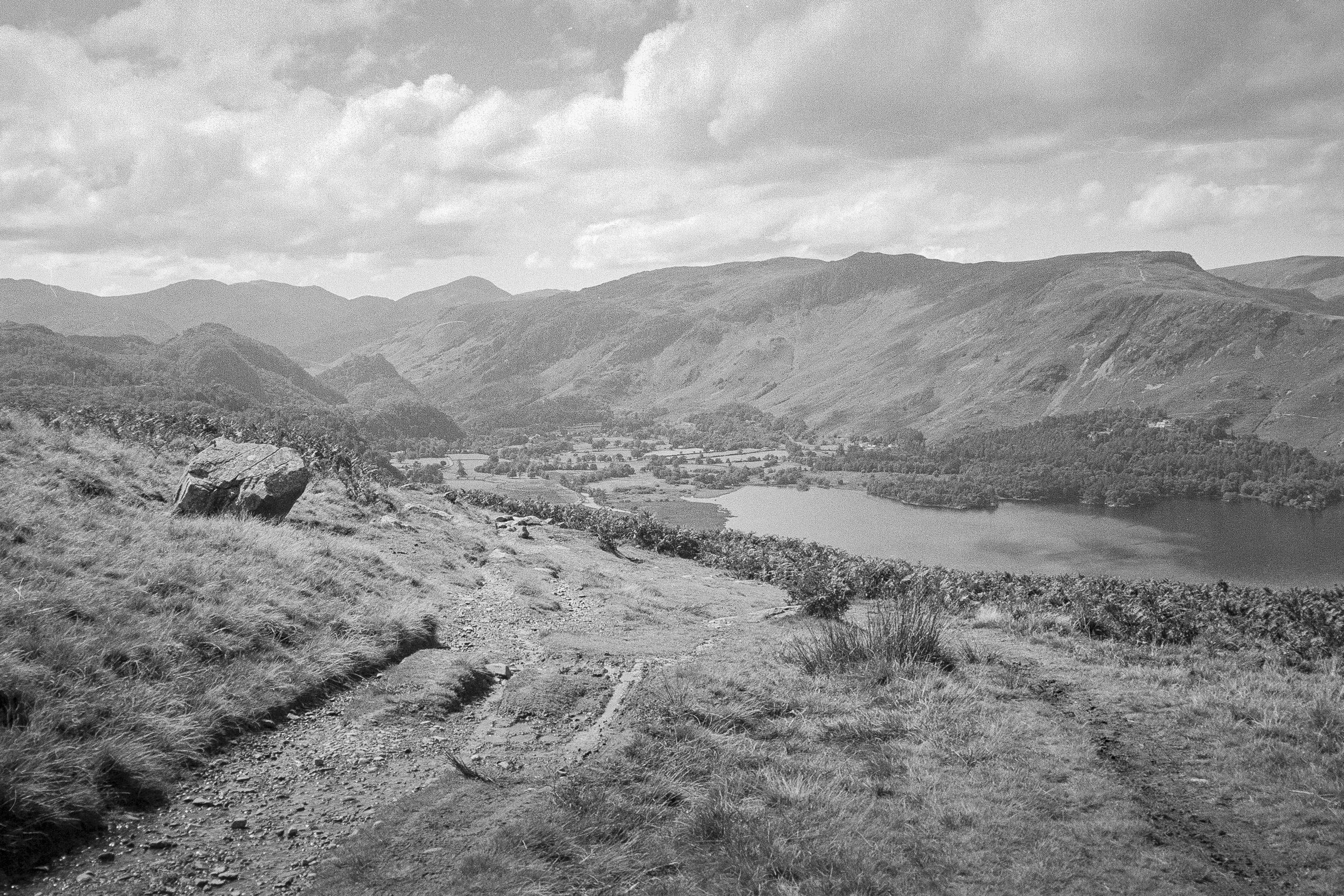
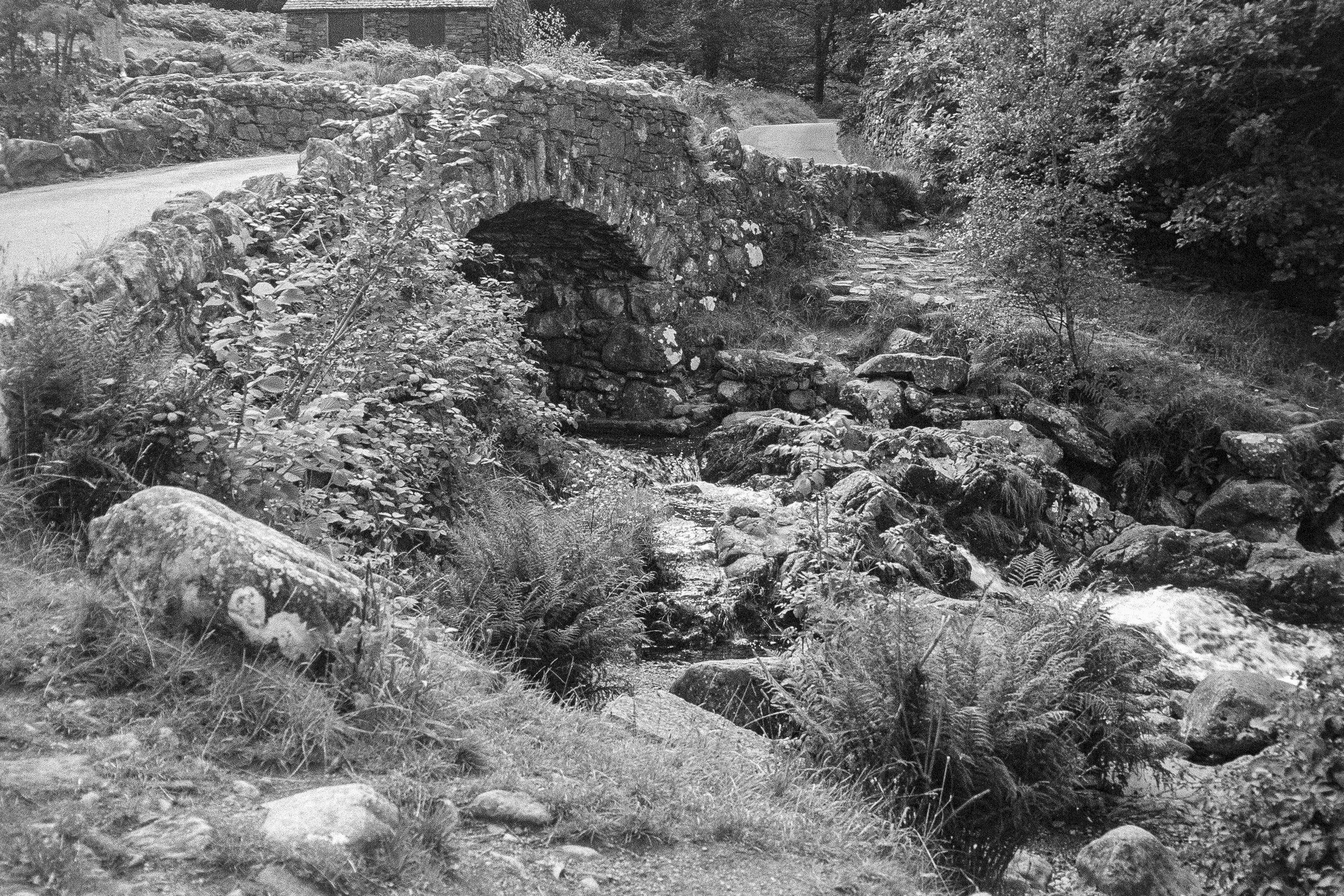
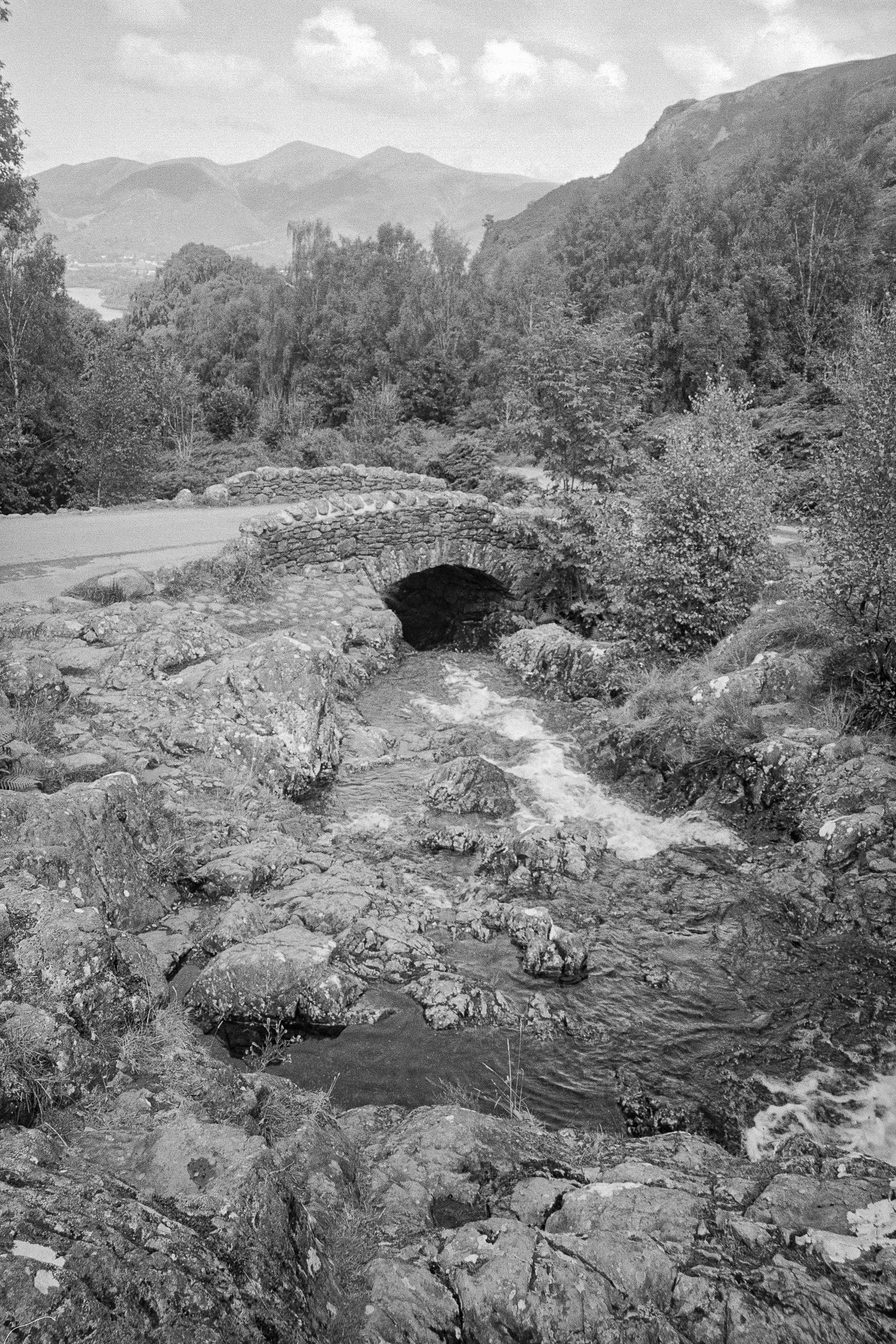
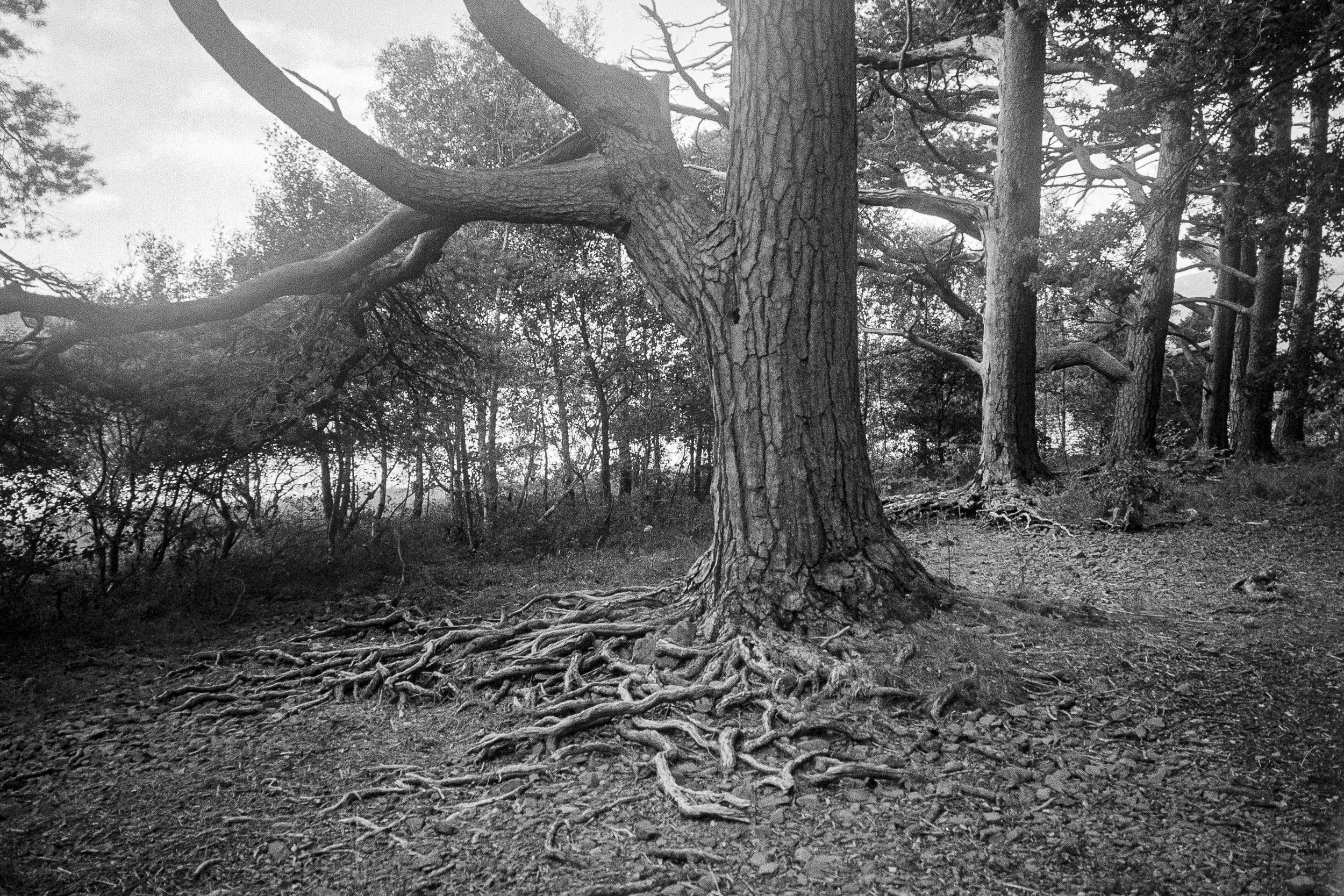
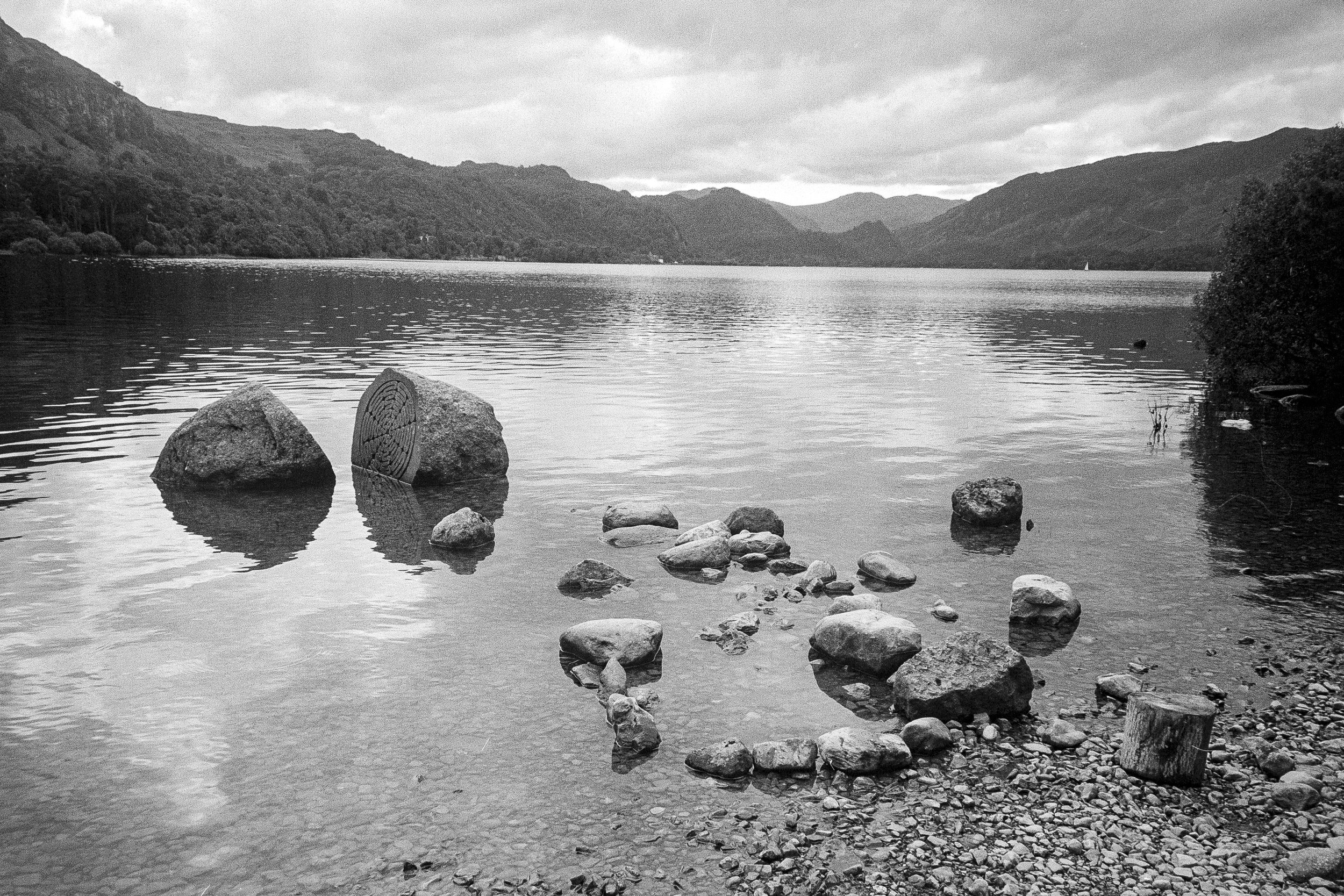
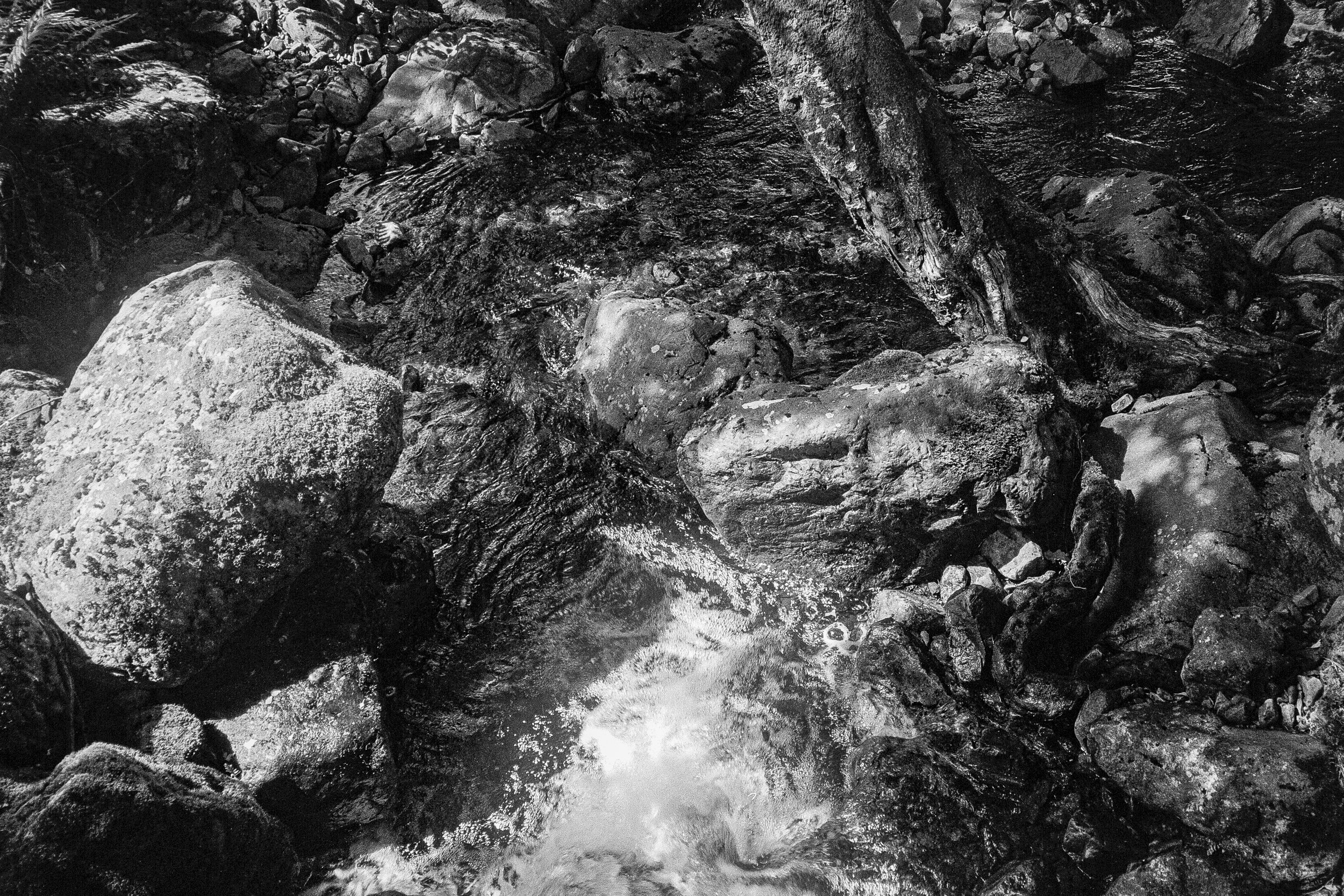
Throughout the hike, I carried a Contax TVS point-and-shoot, capturing candid shots (See above). However, at Ashness Bridge, I switched to the Hasselblad for a more focused approach. The children's need for a break allowed me to concentrate on the shot I desired, amidst the backdrop of fellow visitors appreciating the location.
I took six variations of a similar composition, positioning the bridge in the foreground against the backdrop of Derwentwater and distant fells. The outcome exceeded my expectations.
Back from our holiday, I began developing the films from the hike, particularly the roll of FP4 that featured the bridge. I opted for Zone Imaging DeFer’s 510Pyro developer and my homemade TF-2 alkaline fixer, resulting in well-defined negatives with a pleasing tonal range.
One particular frame stood out, displaying the right amount of water movement and retaining highlights. It also showcased shadow detail in the bridge's arch and the distant fells in the soft light.
After experimenting, I settled on using Ilford Multigrade FB Warmtone Semimatt paper for printing, employing Adox Neutol Eco as my developer. Though I made a couple of comparison prints on Ilford Multigrade ART 300, the FB Warmtone Semimatt paper proved superior in delivering the desired finish.
To optimise the negative, I engaged in split-grade printing, using contrast zero and five filters. This technique brought out the distant hills and sky, while maintaining detail in the rocks and flowing water beneath the bridge.
In summary, Ashness Bridge isn't merely a relic of the past; it's a living connection to history that also resonates through the art of photography. My journey with my camera became a conduit to appreciate its enduring appeal, echoing the bridge's own legacy – solid, transformative, and ageless.

